
The National Irrigation and Drainage Service (SENARA- Servicio Nacional de Riego y Avenamiento) has banned the temporary drilling of new wells in eight aqueducts in the cantons of Carrillo, Nicoya and Santa Cruz.
In the cases of the Huacas-Tamarindo and Brasilito-Potrero aquifers in Santa Cruz, SENARA has detected salt intrusion due to the drought, so water from these reservoirs is salt water.
In the canton of Carrillo, the Coco-Ocotal, Playa Panama and Sardinal aquifers have drilling restrictions.
In Nicoya, the Mala Noche aquifer in Samara and the Potrero-Caimital aquifer have drilling regulations due to being in a reserve area.
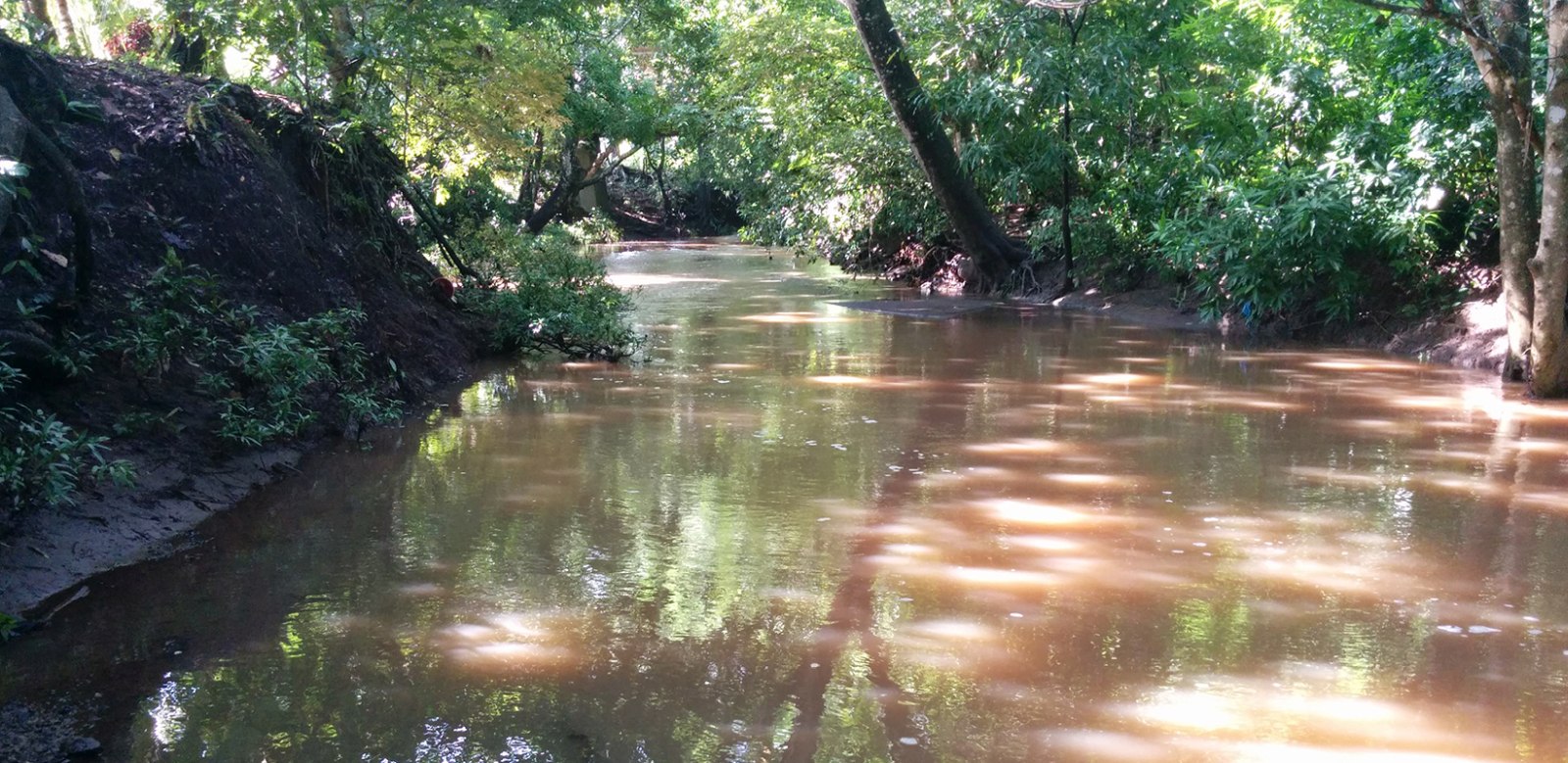
Photo of River Potrero by Silja Hund, FuturAgua reasercher.
Clara Agudelo, the geologist who is coordinator of the SENARA water management unit, confirmed that this regulation is designed to protect the aquifers that are overused or salinized.
The Nimboyores reservoir in the coastal area of Santa Cruz is a special case, which is also being protected by SENARA. This is the main source from which water will be taken to the rest of the coastal community aqueducts by means of a project that will be funded by AyA.
“In the Nimboyores aquifer, drilling is regulated to supply the ASADAs (rural water boards). This aquifer has more flow than the others and is not as close to the coast,” she explained.
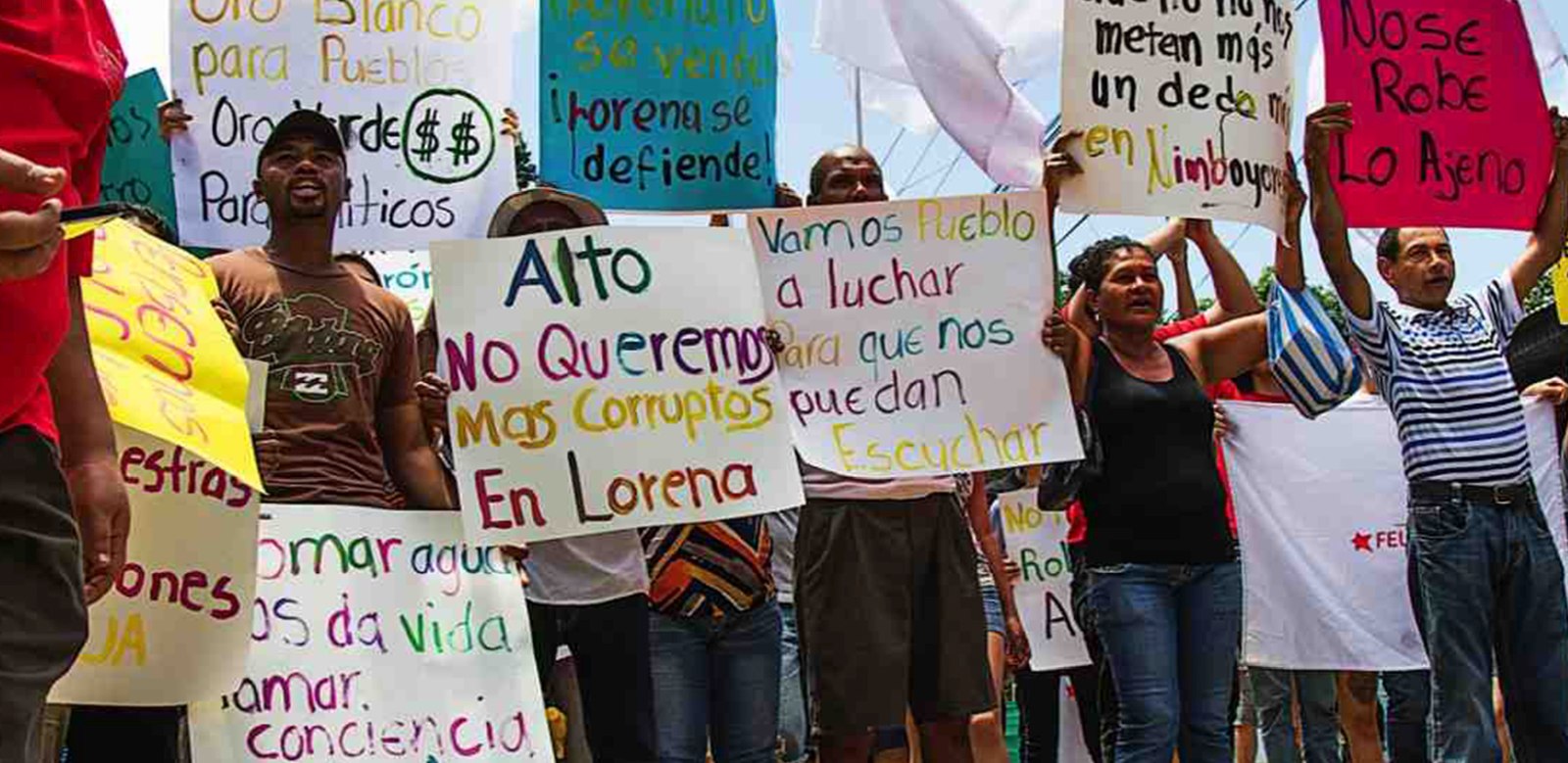
In July 2015, 50 residents from Santa Cruz received President Luis Solis with a protest against the use of the Nimboyores aquifer.
The official acknowledged that the arrival of the La Niña weather phenomenon in the next few months will help alleviate the shortage of rain over the last two years. Nonetheless, recovery is slower in the case of the affected aquifers.
“The La Niña season will come if God permits. However, the recovery of the overused aquifers is a slow recovery, and if we continue with the same dynamics of overuse, it is going to be even slower,” she pointed out.
The Caimital-Potrero aquifer is the main source of water for the cantons of Hojancha and Nicoya, supplying about 25,000 residents. In 2015, SENARA found evidence of drought in 11 wells in this reservoir.
In the case of the Huacas-Tamarindo aqueduct, it is overused and is the main water source for the districts of Tamarindo, Cabo Velas and Tempate.


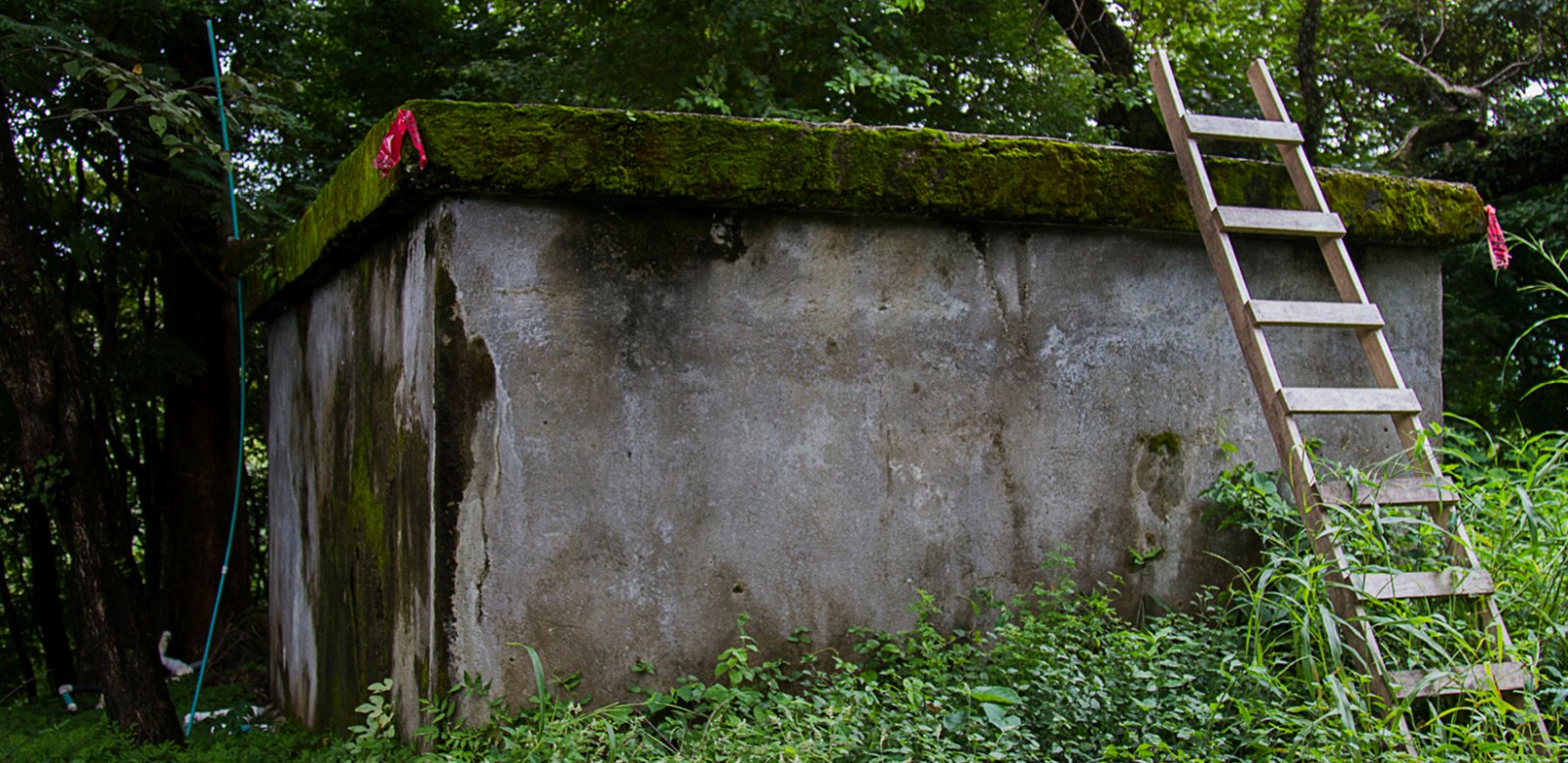
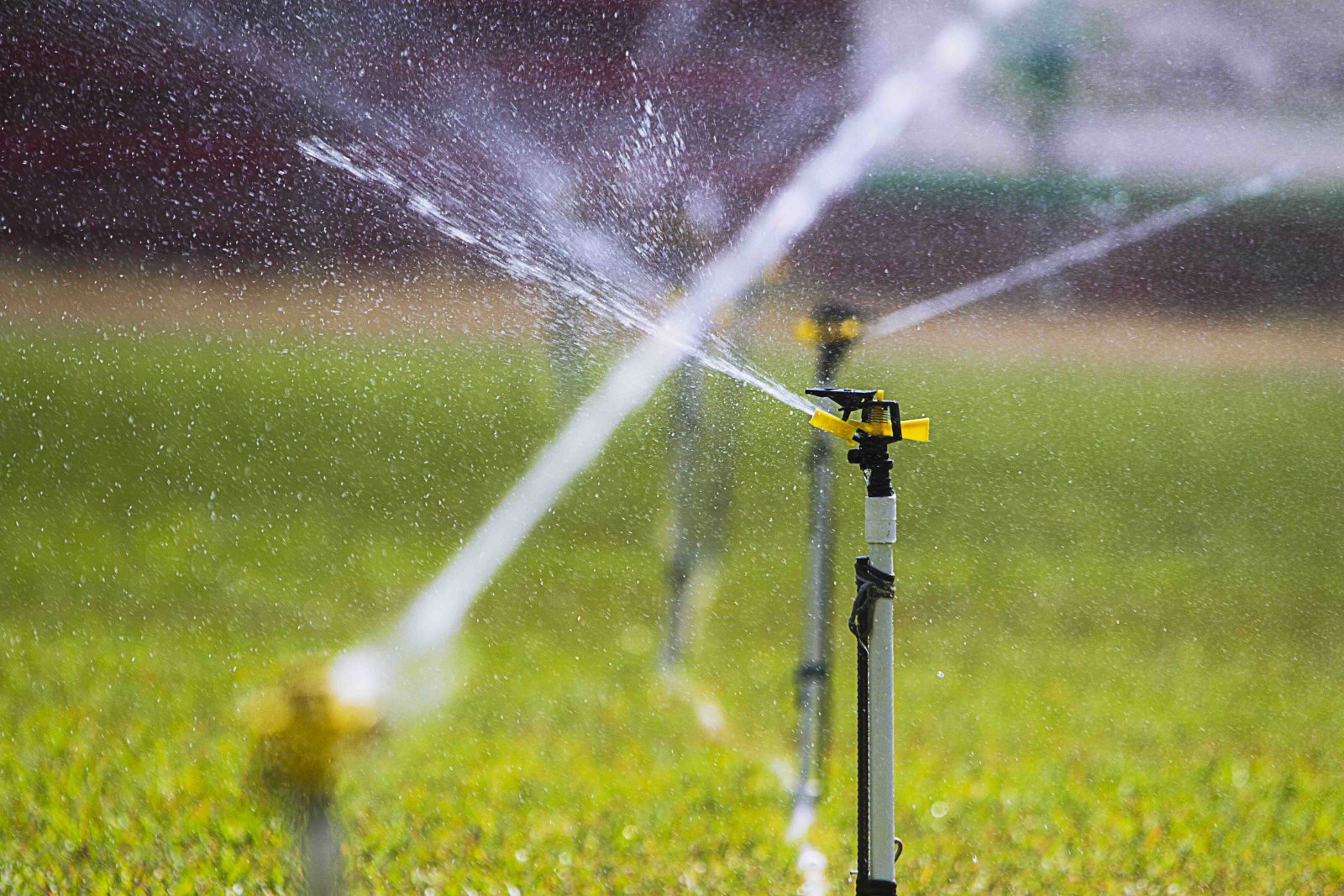
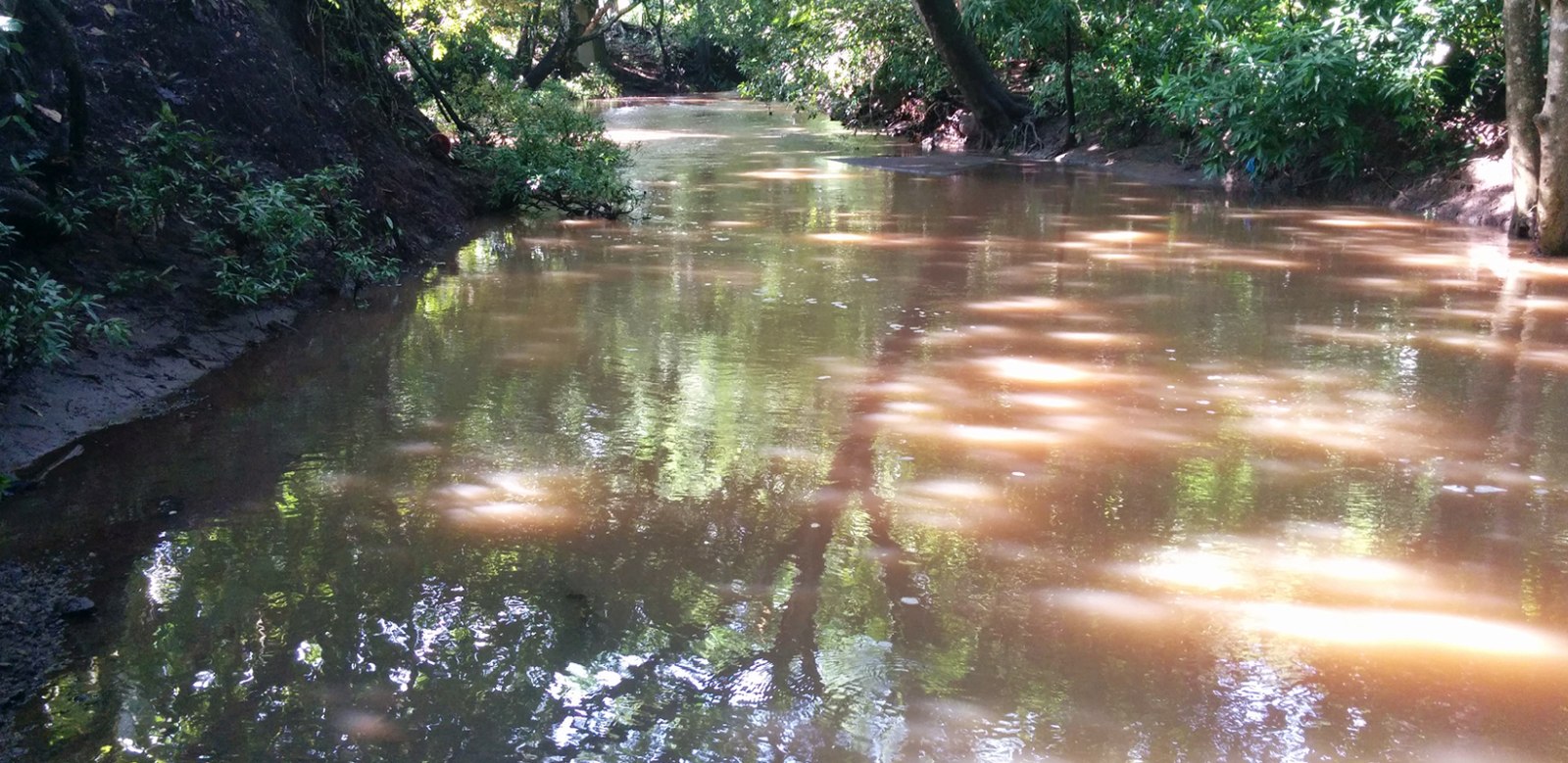
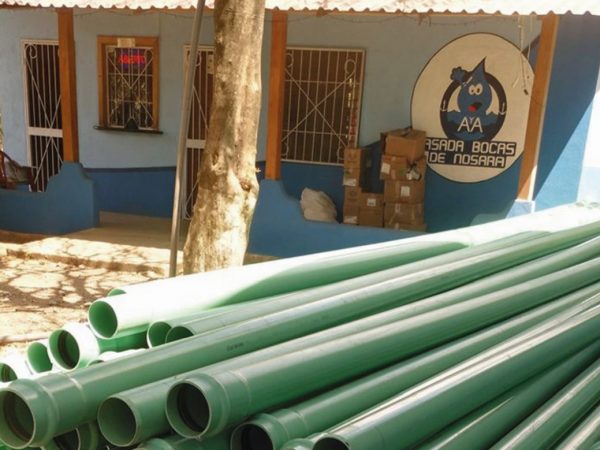

Comments